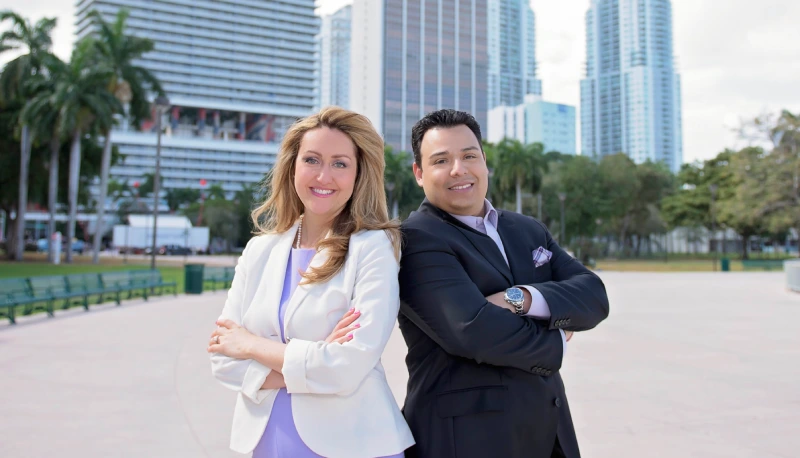The answer will surprise you. Particularly the most recent egg transfer in 2023, in which Fabergé debuted Journey in Jewels as the pièce de résistance aboard Seven Seas Grandeur, a luxury cruise ship from Regent Seven Seas Cruises. The egg resides on the cruise ship, making it the first ever Fabergé to live at sea. These eggs certainly come with a treasure trove of history, love stories, and pillaging. Although most of us are not privy to Faberge egg ownership, we all have precious family collectibles that are passed down from generation to generation. And much like each owner of the sacred eggs, we too want to ensure our collectibles remain safely tucked away with their intended owners.
First, let us talk eggs.
Like most valued heirlooms, these eggs started off as an expression of love within a family. The story began in the late 19th century, amidst the lavish courts of Imperial Russia. Jeweler Peter Carl Fabergé was commissioned by Tsar Alexander III to create a precious Easter gift for his wife, Empress Maria Feodorovna. Thus, the first Fabergé egg was hatched in 1885, crafted from gold, and adorned with precious jewels. Each Fabergé egg had the element of surprise – each egg contained a hidden compartment, often concealing a tiny surprise or miniature masterpiece, such as jewels, delicate flowers, even ornate miniature carriages.
After Alexander III’s death in 1894, his son, Nicholas II, presented a Fabergé egg to both his wife, Alexandra Fedorovna, and his mother, the Dowager Empress Maria Fedorovna. Records have shown that of the 50 imperial Easter eggs, 20 were given to the former and 30 to the latter. Eggs were produced each year except 1904 and 1905, during the Russo-Japanese War.
And so, life continued in Russia; some families commissioning Imperial eggs, and the other 85% of the country battling famine and working in the fields. That is until 1917, when the new Bolshevik regime came to power and slayed the entire Romanov family, doing away with Russia’s Tsardom. In 1918, after the death of the Romanovs, the House of Fabergé was nationalized and ransacked by the Bolsheviks. Fabergé and members of his family left Russia on what was to be the last diplomatic train to Riga, Lativia, and ultimately fled to Switzerland. Peter Carl Faberge died in 1920.
The contents of the Romanov palaces were confiscated by the Bolsheviks. Most of the Fabergé eggs, along with masses of other jewelry were packed in crates and taken to the Kremlin Armory, by the order of Lenin. Several eggs disappeared during the looting and pillaging of the palaces.
Lenin’s efforts to preserve Russia’s cultural heritage were undermined when Joseph Stalin came to power. Stalin began selling off the Russian Imperial jewels for desperately needed Western currency to support his political aspirations. Between 1930 and 1933, fourteen of the Imperial Easter eggs were sold and left the country.
The man who managed to get most of the Fabergé eggs (10 to be exact) was Armand Hammer, American entrepreneur, president of Occidental Petroleum and personal friend of Lenin, (his father was founder of the Communist party in the United States). Hammer set up business and tried to sell off these riches, but during the Depression years, this proved unrealistic. After all, you could not eat these eggs. Eventually the eggs began to sell, starting at department stores and auctions. Though some Imperial eggs originally sold at auction for as little as four or five hundred dollars, it took several decades for the eggs to gain recognition as magnificent works of art. Now their valuation stands in the millions.
Other than the collection in the Kremlin Armory, the largest gathering of Fabergé eggs was assembled by Malcolm Forbes and displayed in New York City. This collection of nine eggs, and approximately 180 other Fabergé objects, was up for auction at Sotheby’s in February 2004 by the Forbes’ heirs. Oligarch Viktor Vekselberg later revealed that he had spent just over $100 million purchasing the nine Fabergé eggs. He believed them to be the best jewelry in the world. Vekselberg built the private Fabergé Museum in Saint Petersburg, Russia, in 2013 to display the prized eggs in his collection. The Fabergé trademark has since been sold several times, and the trademark is now owned by Fabergé Limited, which makes egg-themed jewelry. So, what can these priceless not-so-little eggs teach us?
Passing down Fabergé eggs within the Romanov family parallels the broader human tradition of bequeathing treasures from one generation to the next. Whether it is a grandmother’s wedding ring, a grandfather’s pocket watch, or a Fabergé masterpiece, these heirlooms serve as tangible links to the past, fostering a sense of identity and belonging within the family. Moreover, the passing down of Fabergé eggs in the Romanov family reflects the universal desire to preserve cultural heritage.
If you have treasured items in your collection, make sure they are properly bequeathed through your Last Will and Testament to the particular individuals you wish to inherit the collection. Verbally speaking your wishes to your loved ones will not hold up in probate court. Contact us for a free phone consultation by contacting OC Estate & Elder Law at (954) 251-0332 or info@ocestatelawyers.com. Our attorneys are fluent in English, Spanish, and Russian.
















